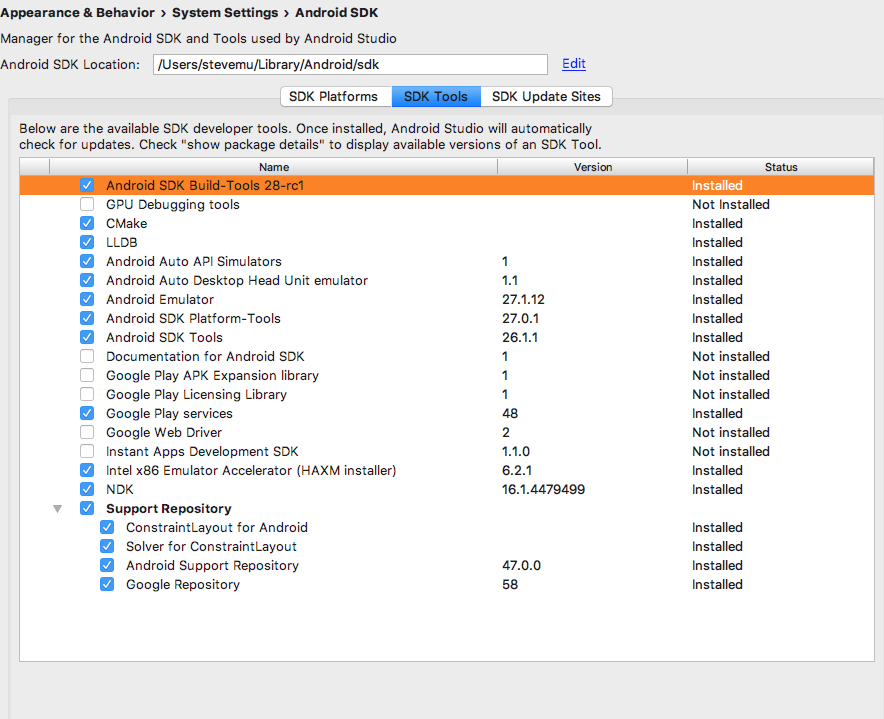

#Mac add android emulator to path skin#
Samsung Galaxy S10 Emulator Skin Get Android Emulator skins

Now your skin is used for the new virtual device you just created. Enter the full path of the emulator, e.g. If not listed yet, click ‘Add Property’ and select ‘skin.path’.Set settings for the device, especially OS, Density, Height and Width. Create a new device in Tools -> Android Device Manager.Typically it’s something like /Users/yourname/Library/Developer/Xamarin/android-sdk-macosx You could find the SDK directory in Visual Studio at Tools -> Android SDK Manager -> Locations. You might want to keep it in the Android SDK directory somewhere. Now, we will see the installation process of Android studio for Windows, Mac and Linux. Go to the Tools menu -> :Android -> AVD Manager: If no emulator has been created you should start with this screen: Click the Create Virtual Device button. By following these steps you will successfully add the environment variable.

Extract the downloaded zip and copy the files to any directory you like. Lastly, to set environment variable, follow this, Control Panel->System and Security-> System-> Advanced setting->Environment variable -> Add new path.
#Mac add android emulator to path how to#
Here is a short description how to add them: Some vendors like Samsung provide skins for Android so you could use them in your emulator when building Xamarin Apps with Visual Studio for Mac.


 0 kommentar(er)
0 kommentar(er)
